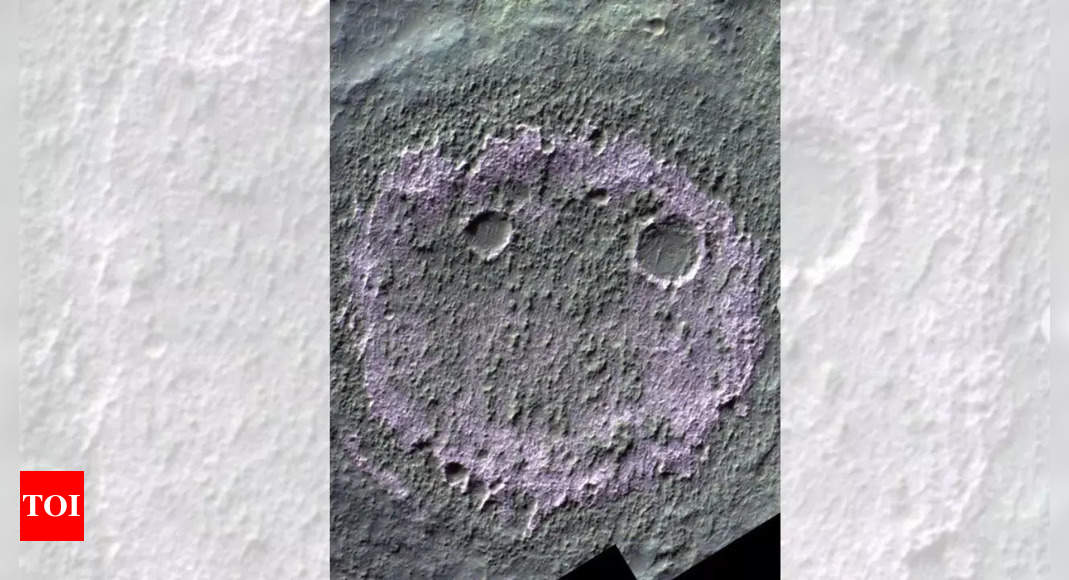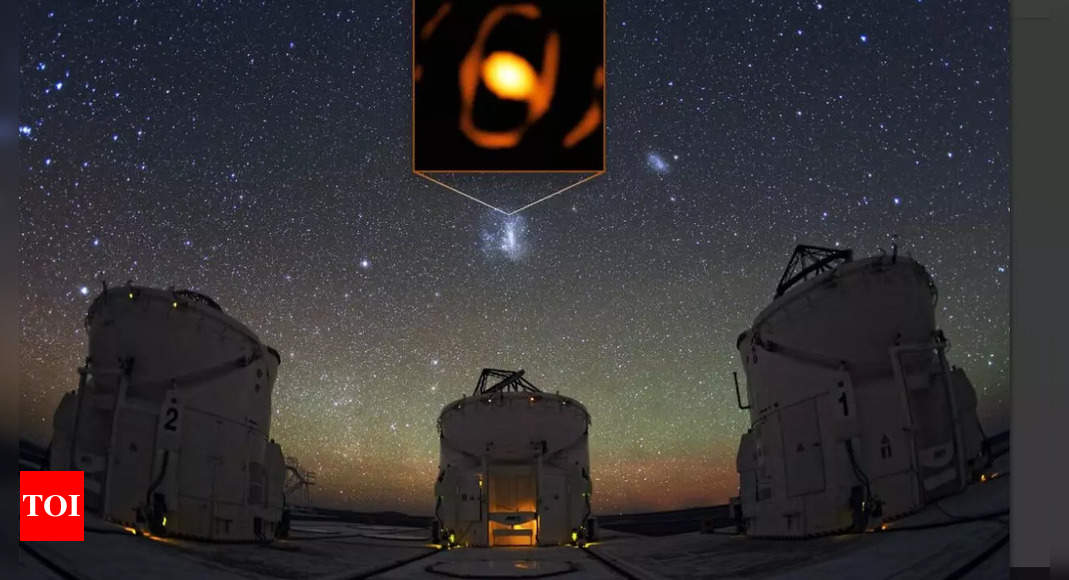
The European Space Agency’s Instagram page is a treasure trove for those fascinated by space. From updates on our solar system to captivating visuals of distant cosmic bodies, their feed is packed with stunning imagery that frequently astonishes viewers. Their latest post featuring a “creepy smiley face” on Mars is a prime example. This image, showcasing chloride salt deposits, provides valuable insights into the Red Planet’s history.
The “creepy smiley face” on Mars
Significance of the discovery
The “creepy smiley face” on Mars
The featured photo captures a “creepy smiley face” spotted on Mars.According to ESA, “Once a world of rivers, lakes, and possibly oceans, Mars now reveals its secrets through chloride salt deposits discovered by our ExoMars Trace Gas Orbiter.”
Significance of the discovery
- Historical clues: The chloride salt deposits are remnants of ancient water bodies, hinting at possible habitable zones from billions of years ago.
- Climate insights: The discovery of nearly a thousand potential sites offers fresh insights into Mars’ climate and its potential to support life.
- Potential for microbial life: Scientists speculate that these deposits might harbour resilient microbes that survived Mars’ drastic environmental changes.
User reactions and viral impact
- Engagement metrics: Since its release, the post has garnered nearly 9,000 likes, with engagement numbers steadily increasing.
- User comments: Reactions on Instagram have varied, with some users drawing humorous comparisons, such as one noting, “The first one reminds me of Jack Skellington,” while others marvelled at the beauty and familiarity of the images.
- Viral spread: The post has sparked a lot of discussion and curiosity, leading to a surge in shares and comments, highlighting public interest in Martian discoveries.
ESA’s ExoMars program
- Mission overview: ESA’s Exobiology on Mars program, known as the ExoMars program, aims to explore the possibility of past life on Mars.
- Mission timeline: The first mission, the Trace Gas Orbiter, was launched in 2016. The second mission, featuring the Rosalind Franklin rover, is scheduled for launch in 2028.
- Research goals: The program seeks to answer whether life ever existed on Mars and to better understand the planet’s habitability and geological history.
Future exploration and implications
- Continued research: The findings from the ExoMars missions could lead to further exploration and potentially groundbreaking discoveries about Martian life.
- Technological innovations: Advancements in space exploration technology from these missions may benefit future space missions and research.









